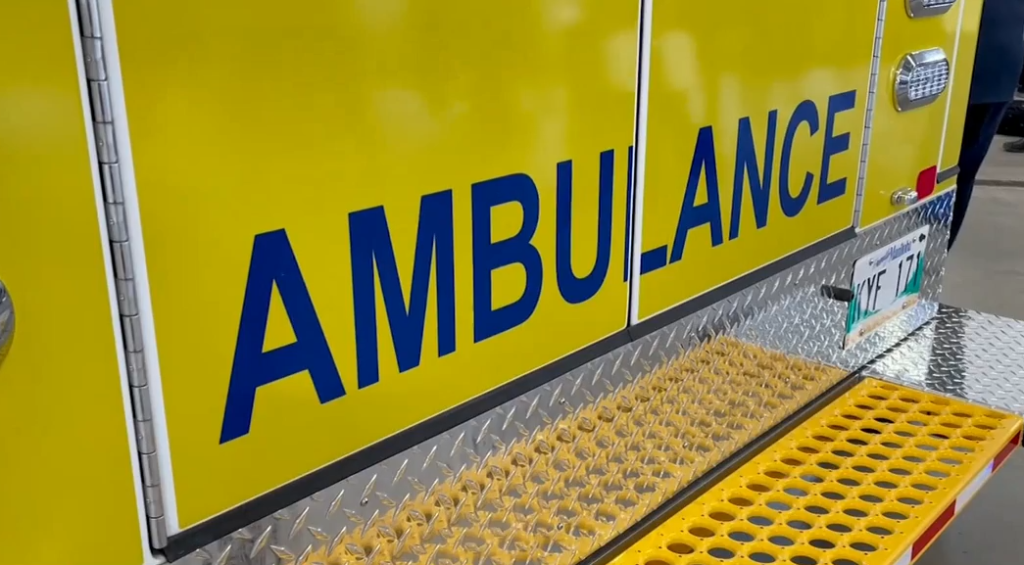Investigation into CN train derailment in Manitoba finds repair error played a role

Posted April 29, 2022 2:21 pm.
Last Updated April 29, 2022 2:30 pm.
An investigation into a 2019 train derailment that caused a large crude oil spill in western Manitoba has found the tracks failed because of a repair error nearly two months prior.
The Transportation Safety Board says in a report that maintenance crews repaired part of the track after finding a broken joint bar but replaced it with the wrong piece, resulting in part of the rail line becoming misaligned and unstable.
The board’s report says that led to loosening of the joint and fatigue cracking in the joint bars, which failed beneath the train as it travelled along the track near St-Lazare, Man., on Feb. 16, 2019.
The Canadian National Railway Co. train, with 108 tank cars loaded with petroleum crude oil and two additional cars loaded with sand, was travelling east when an emergency brake was applied.
The board says 37 of the cars derailed and 17 of those were breached, which resulted in the release of about 815,000 litres of oil.
There were no injuries, fires or evacuations in the crash, but more than 300 metres of the track was damaged or destroyed.
READ MORE: Train derails in Manitoba with 12 on board, no serious injuries
The railway now requires certain repair parts be spray-painted royal blue to help differentiate them from similar-looking ones.
The investigation also found there were five other areas of concern along the rail line, all within 15 metres of each other, that indicated the track infrastructure was deteriorating.
And it says the train was operating in accordance with Transport Canada guidelines, but its speed contributed to the number of cars derailed and to the overall severity of the derailment.
The safety agency issued recommendations to Transport Canada following this accident and two others in 2020. They included further review of and modification to appropriate train speeds and enhanced track standards on routes.
In response, the federal organization revised its safety rules to include a number of improvements related to the operation of trains carrying dangerous goods and track infrastructure.
This report by The Canadian Press was first published April 29, 2022.








